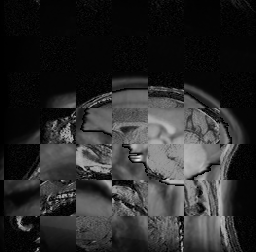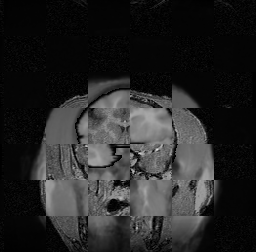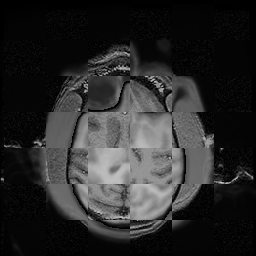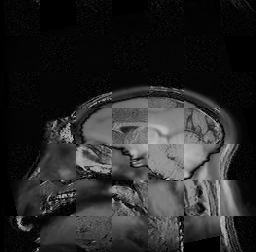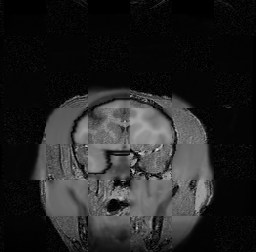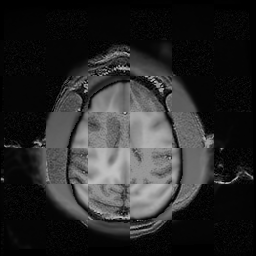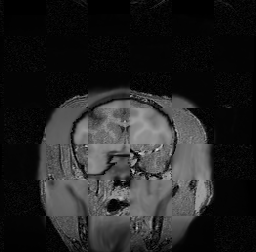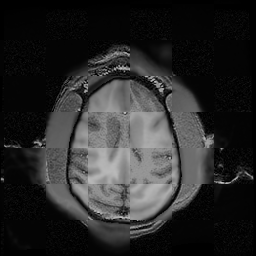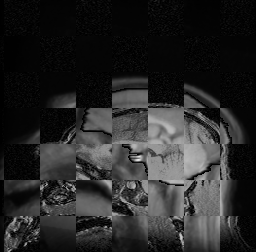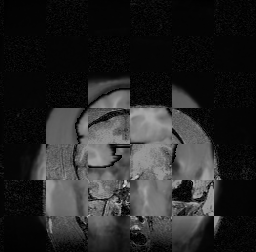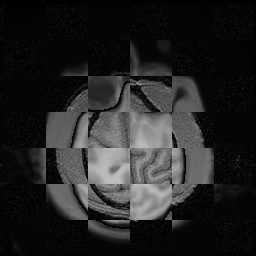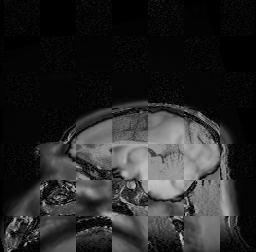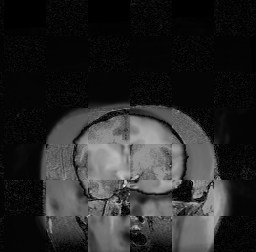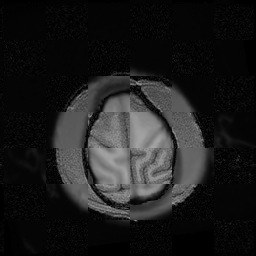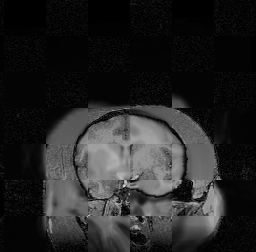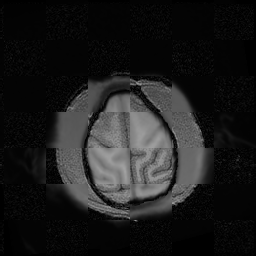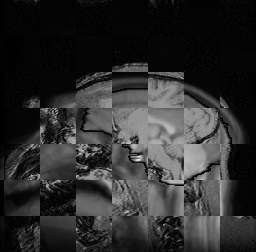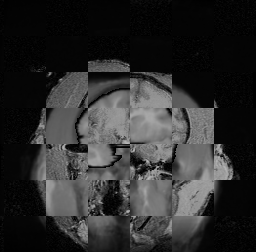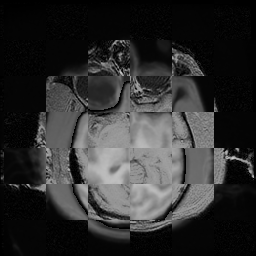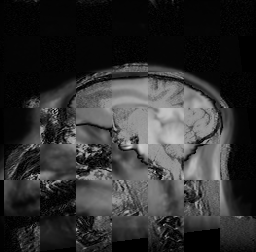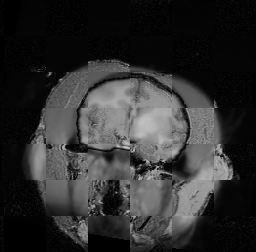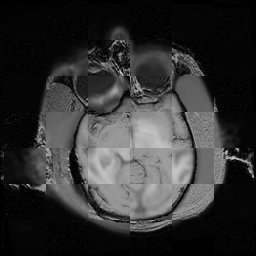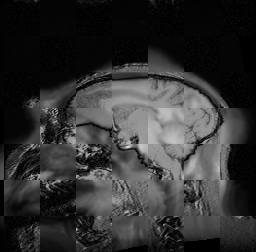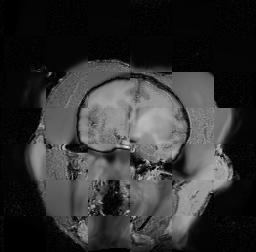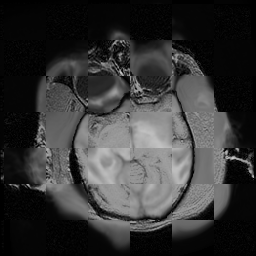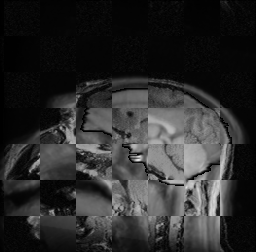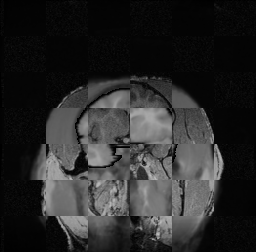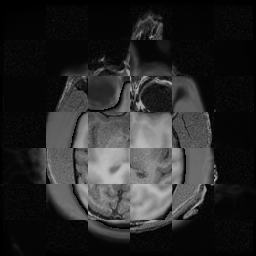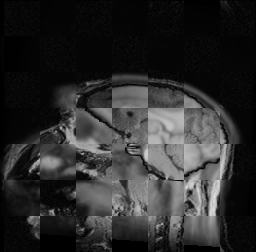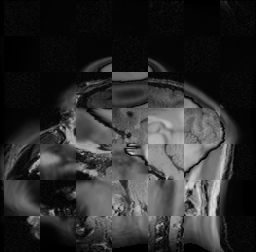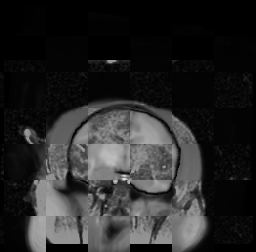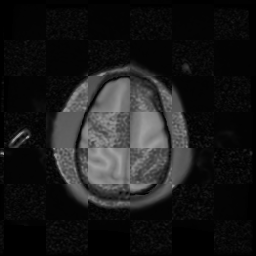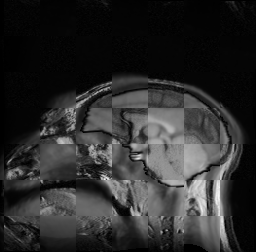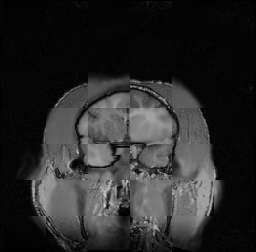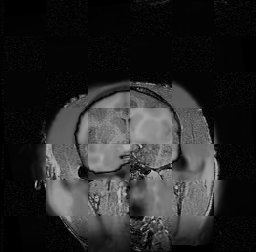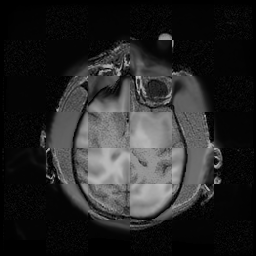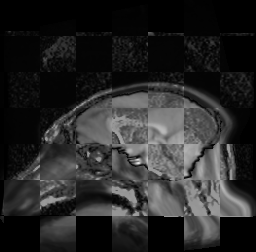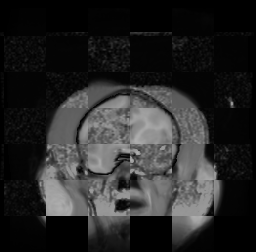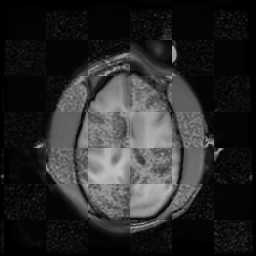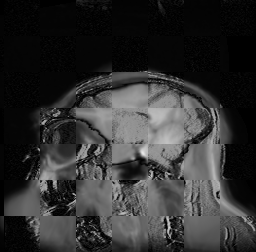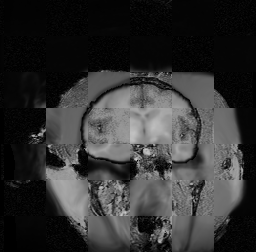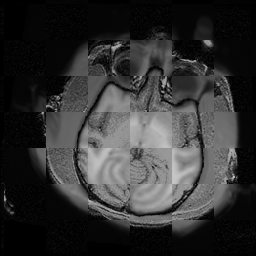Difference between revisions of "Vervet MRI registration"
(→Data) |
|||
| Line 1: | Line 1: | ||
=Objective= | =Objective= | ||
| − | Perform | + | Perform atlas-to-subject registration of vervet head MRI as part of [http://wiki.na-mic.org/Wiki/index.php/NA-MIC_NCBC_Collaboration:Measuring_Alcohol_and_Stress_Interaction external collaboration with VTech]. |
=Methods= | =Methods= | ||
Revision as of 18:40, 20 August 2009
Home < Vervet MRI registrationContents
Objective
Perform atlas-to-subject registration of vervet head MRI as part of external collaboration with VTech.
Methods
Original workflow utilized multi-step registration using FSL FLIRT, followed by diffeomorphic demons (reference to be added).
In this development, we consider the use of [BRAINSFit] package within 3D Slicer to achieve reproducible and reliable registration workflow using 3DSlicer and FOSS-only tools.
We use the following registration pipeline: Rigid (6-DOF) -> ScaleVersorRigid (9-DOF) -> Affine (12-DOF) -> BSpline.
Data
Input images: atlas image, generated following the details presented [here], and 10 subject images.
Each vervet subject has a name! Meet our friends: Calvin, Gucci, Hugo, Issac, Louis, Marc, Oscar, Ralph, Tommy, and Valentino.
Results
For each of the 10 subjects, we show checkerboard slices in each direction (1) before registration, first row; (2) after rigid->scaleversor->affine registration, second row; and (3) after BSpline registration, third row.
Note the unsuccessful BSpline registration result for Issac.
Calvin
Gucci
Hugo
Issac
Issac is a good example of BSpline registration failure.
Ron noted, the reason might be that Issac had his mouth open, unlike most of the subjects registered successfully.
